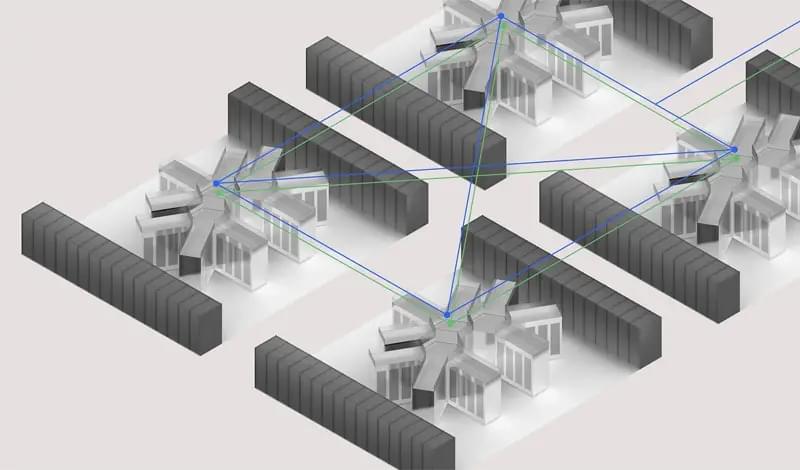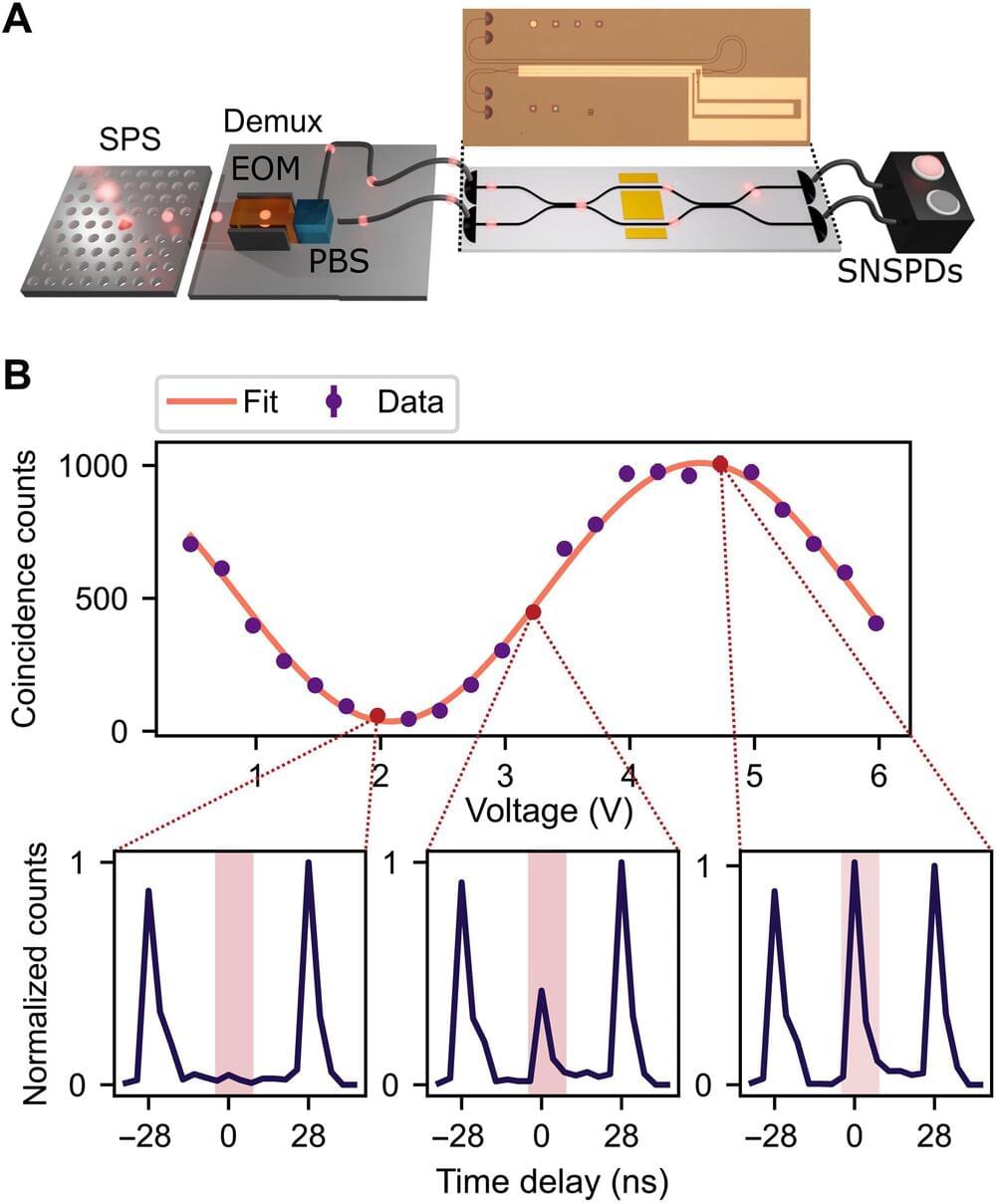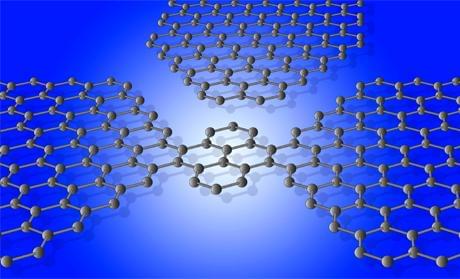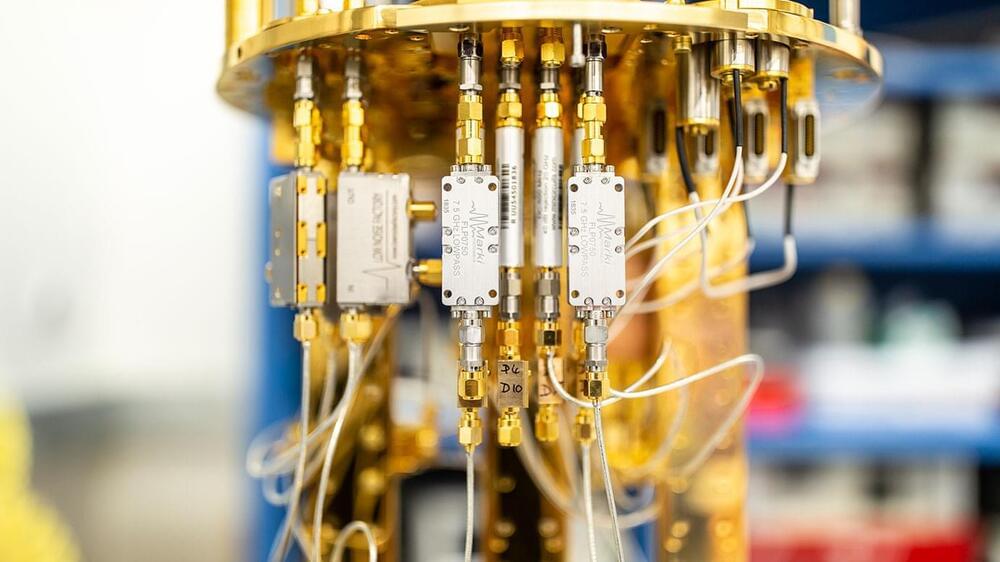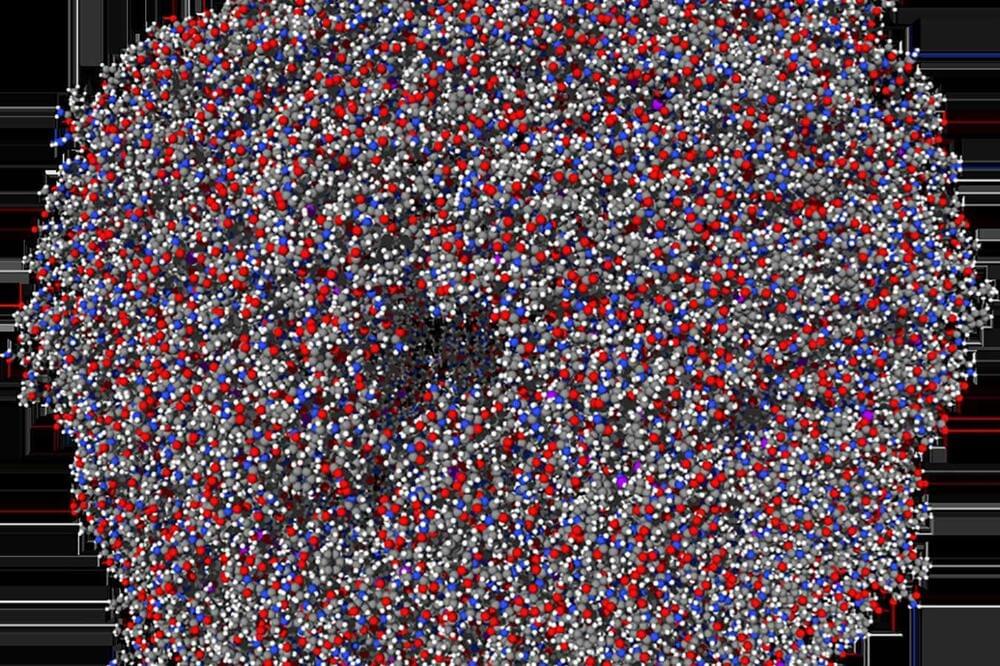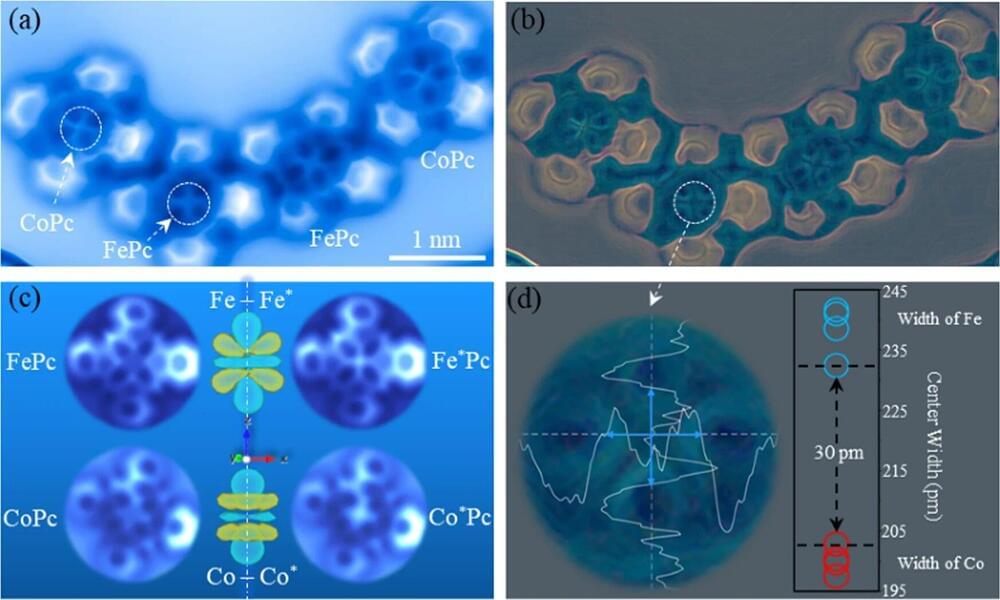Jun 2, 2023
China’s 176-qubit quantum computing platform goes online
Posted by Paul Battista in categories: quantum physics, supercomputing
A 176-qubit quantum computing platform named Zuchongzhi went online for global users Wednesday night, which is expected to push forward the development of quantum computing hardware and its ecosystem, according to the Center for Excellence in Quantum Information and Quantum Physics under the Chinese Academy of Sciences.
Zhu Xiaobo, chief engineer of the project and professor at the University of Science and Technology of China, said that the research team improved the 66-qubit chip of Zuchonghi-2 by adding control interfaces of 110 coupled qubits, allowing users to manipulate 176 quantum bits.
Zuchongzhi 2 is a 66-qubit programmable quantum computing system made in 2021, which can perform large-scale random quantum circuits sampling about 10 million times faster than the fastest supercomputer at that time.

